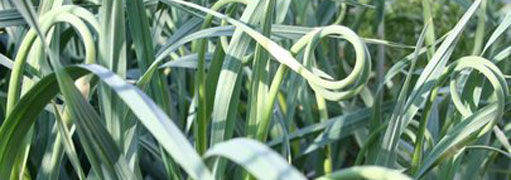Food For Thought: Great Scapes And Garlic Flowers
The Loveliness Of Garlic Flowers


Latest Article|September 3, 2020|Free
::Making Grown Men Cry Since 1992


